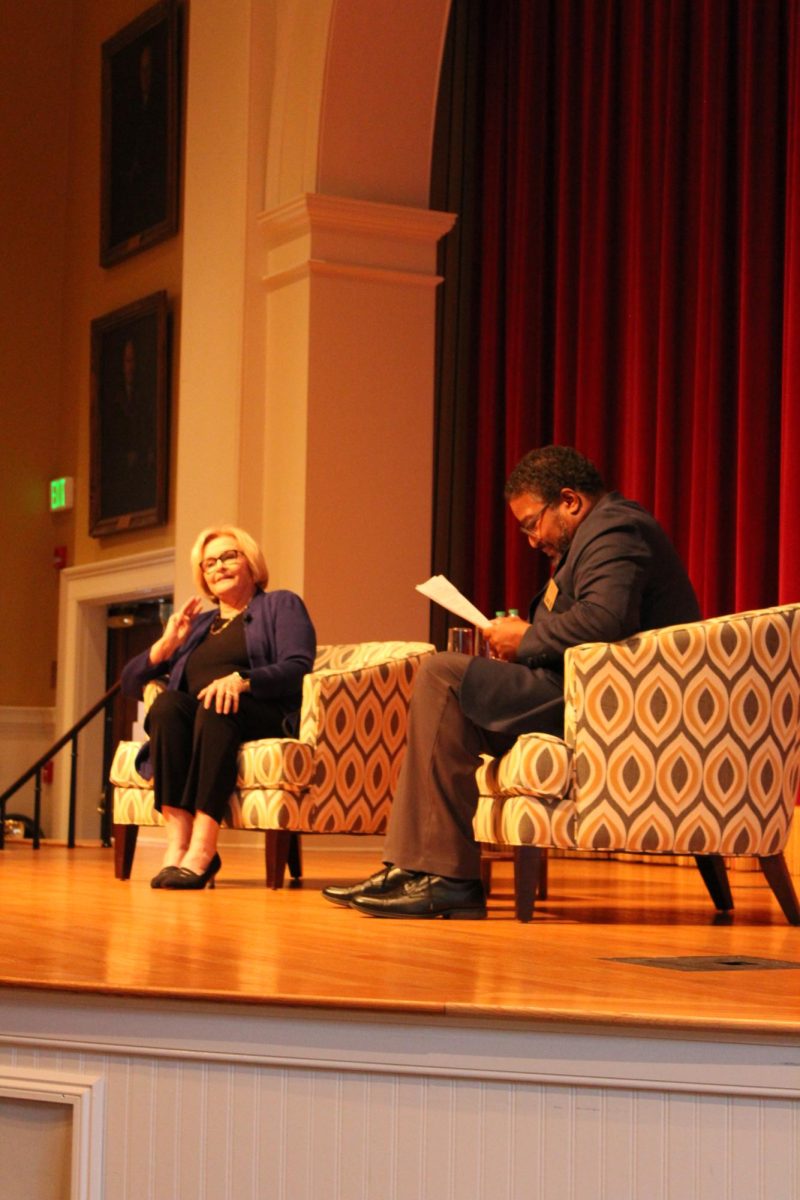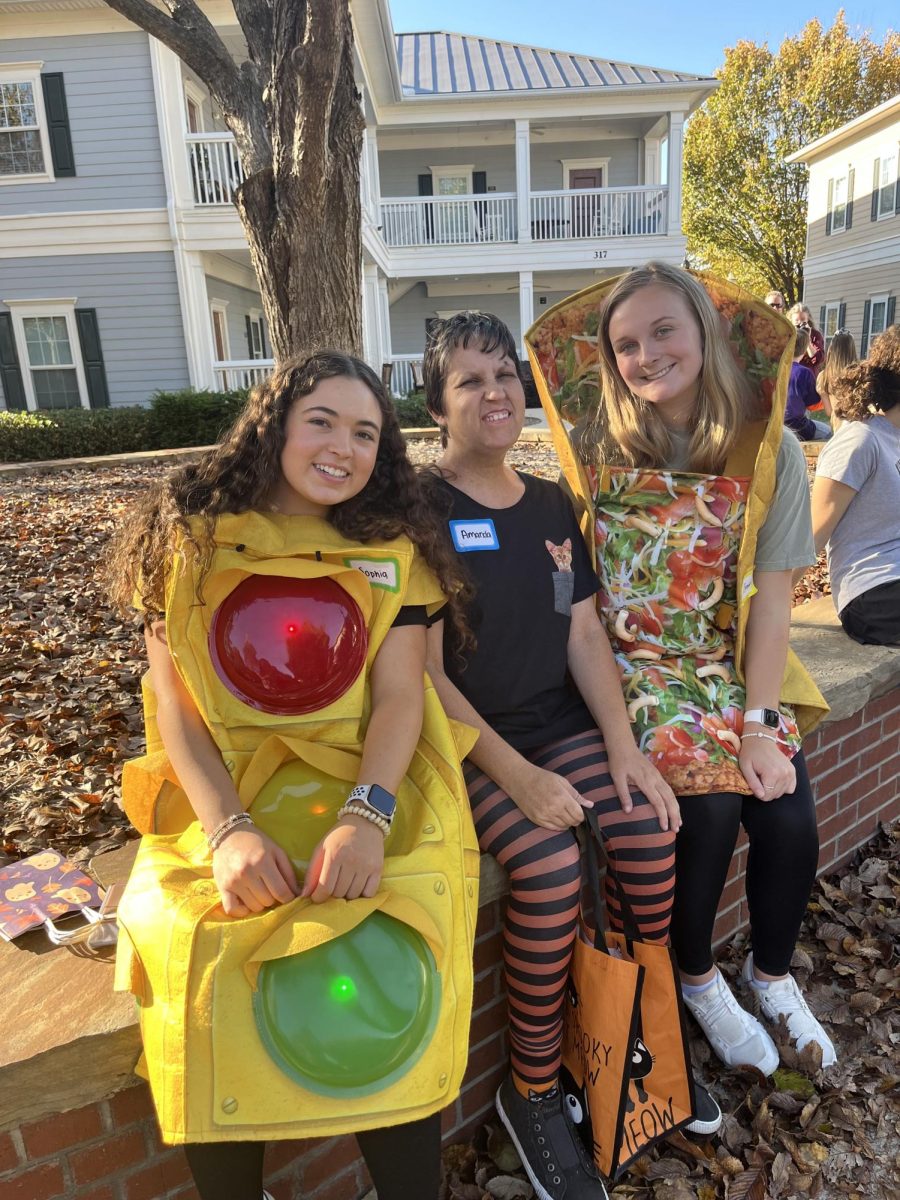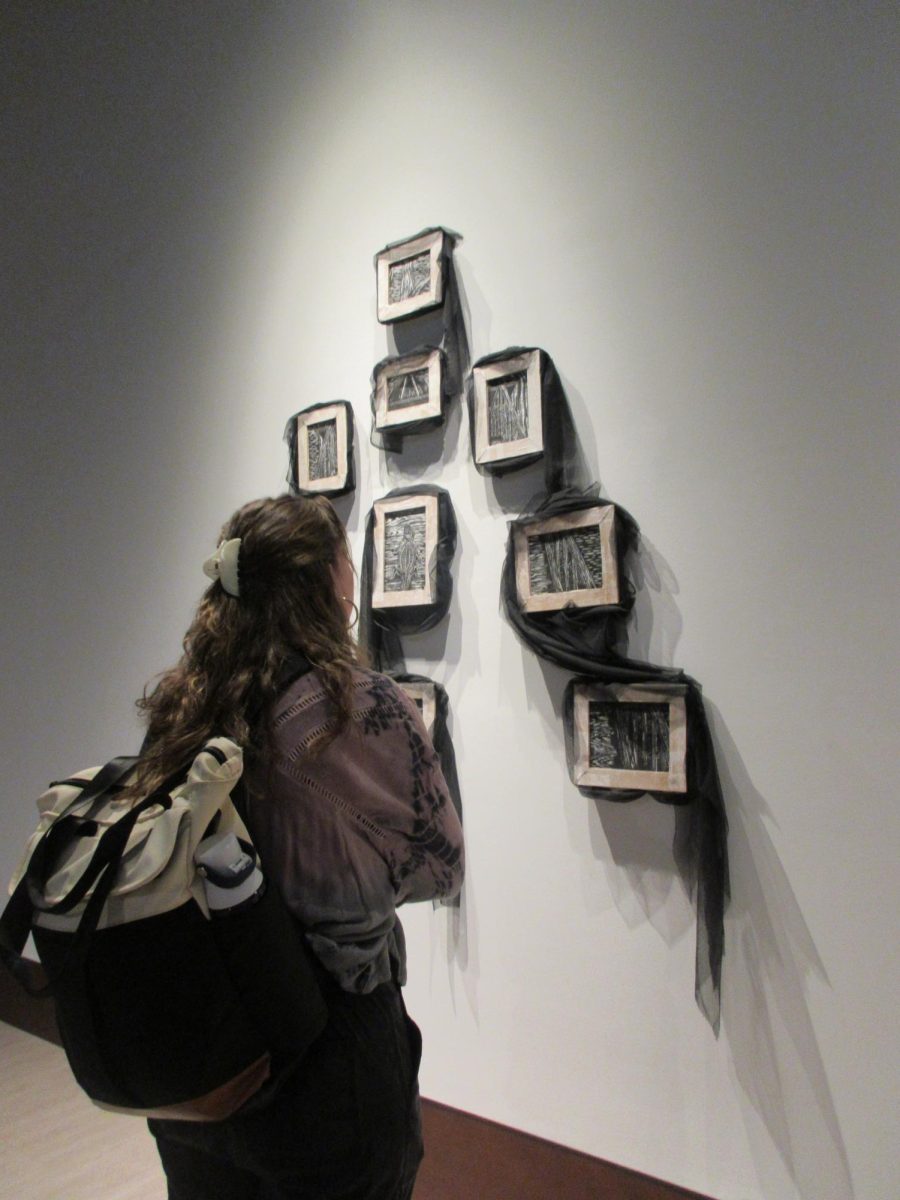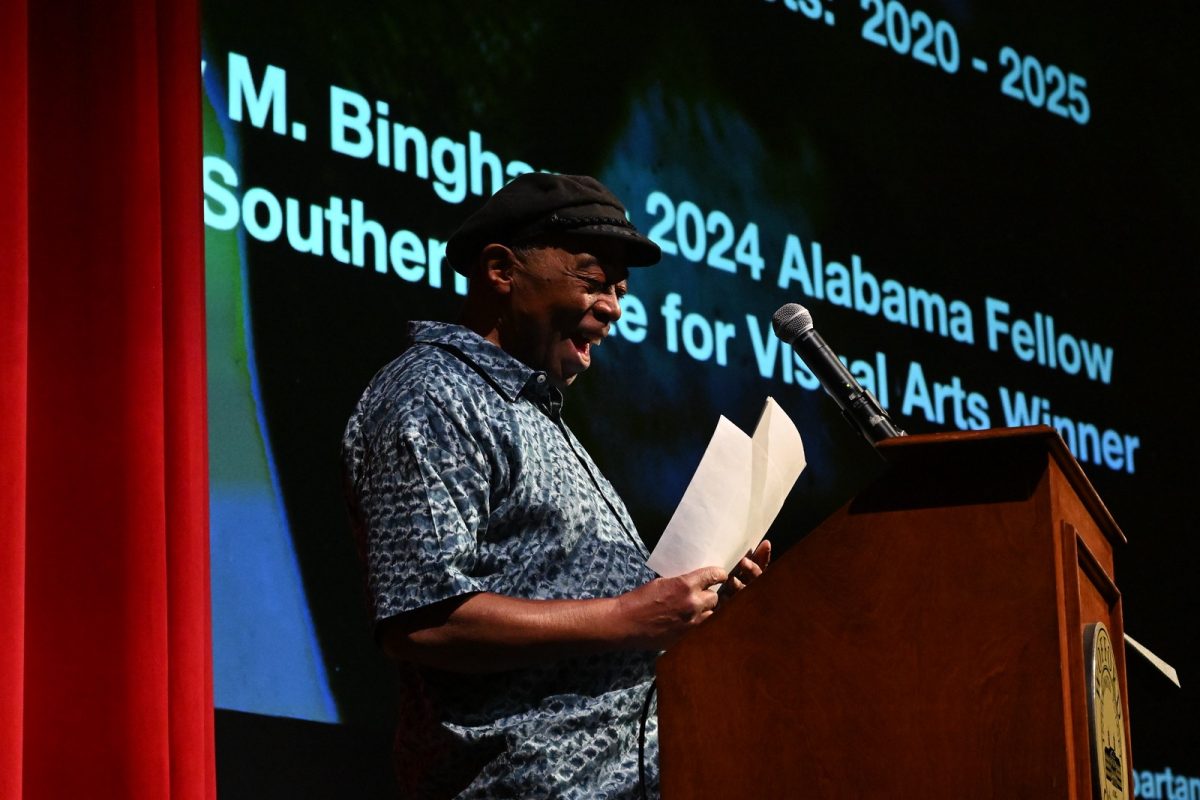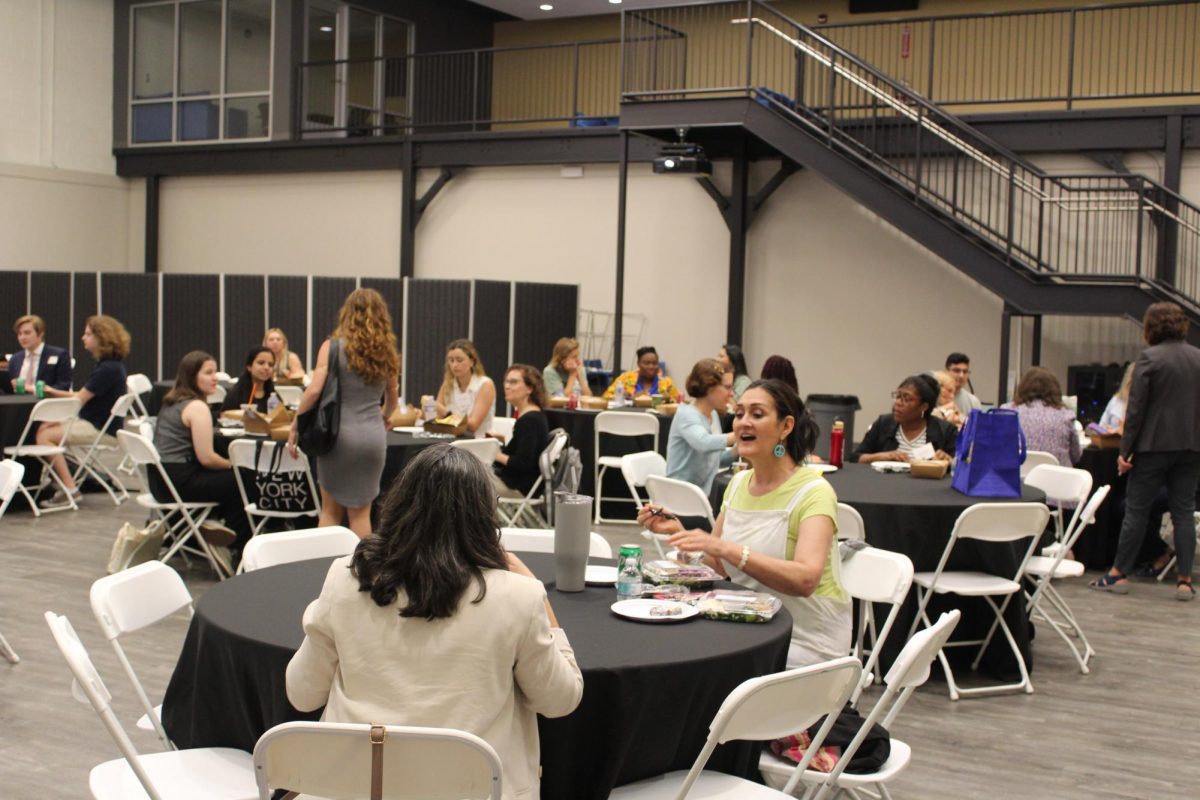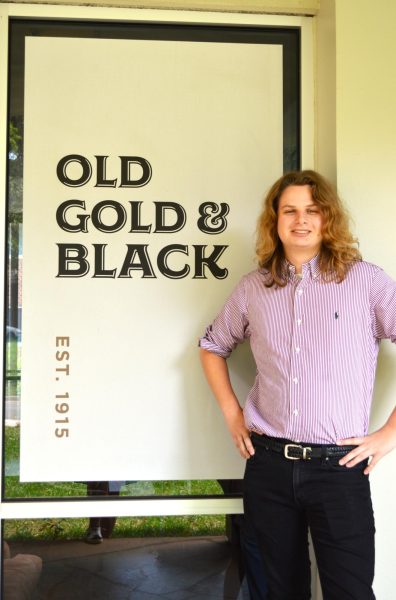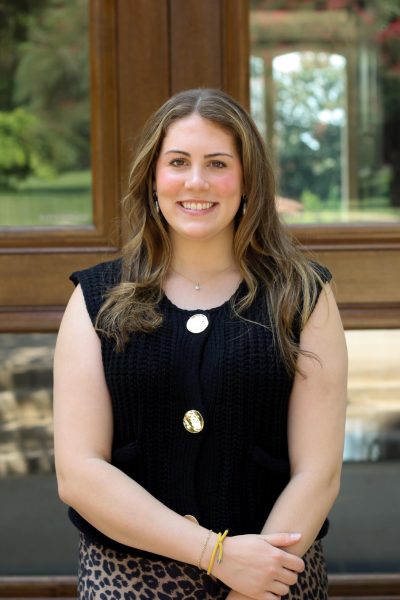The annual Southeastern Immigration Studies Association’s (SEISA) conference took place in the Rosalind Sallenger Richardson Center for the Arts during the weekend of Apr. 19 and Apr. 20.
The conference itself features research presentations from professors and students, focusing primarily on social science research dealing with migrant communities at different local and state wide scales.
Laura Barbas-Rhoden, professor of Spanish, modern languages, literatures and cultures, presented research on environmental equality in Spartanburg. Her presentation included research by Wofford Students and herself between 2018 and 2023.
“Sharing our research in a space like this that has a focus on the Southeast and brings together activists, scholars, teachers and community members … not only elevates what is done locally, it underscores the importance of nuance on these topics,” said Barbas-Rhoden. “There are some commonalities among experiences across the Southeast and also many important differences.”
Barbas-Rhoden discussed what she sees as the primary goal for doing research on the issues of immigration in the many local communities covered by the conference.
“Each one of our research projects has been associated, in some way, with the desire for positive community change,” said Barbas-Rhoden.
Working with Kenan Professor of Philosophy Christine Dinkins, Barbas-Rhoden has utilized an interdisciplinary approach to research.
“For us, (our place-based research) has meant taking the tools we have from the humanities… interpretation of texts, interviewing, languages, phenomenological insights and using them in a way to engage with communities,” said Barbas-Rhoden.
Jackson Forrest ‘25 and Kayla Southwood ‘26 presented an ongoing project concerning the economic importance of immigrant communities within the southern Appalachian region: Mississippi, Alabama, Georgia and South Carolina. Forrest came up with the idea because of his observations in his hometown.
“(In Walhalla, South Carolina), the downtown started going downhill and businesses were closing,” said Forrest. “I noticed a resurgence, especially after Covid-19, where there were a lot of latino-run businesses opening up. Even outside of the city in more rural parts, there were these food trucks that were growing into full restaurants.”
At the time of presentation, their project had gone through a mix of literature review and observations on differing culture representation within Spartanburg’s business communities. However, both found a surprising lack of literature dealing with immigration in the Southern Appalachian region.
“It is definitely under researched,” said Forrest. “There were books on the experience of being a US immigrant that had a chapter on the Southern United States and articles on state specific impact, but no one has really, from what I’ve come across, focused on the economic impact of immigrants in southern Appalachia.”
They’re hoping to be able to continue working on the project and put the economic importance of immigrant families that they could see with their own eyes into quantified and qualified research.
“When I was trying to focus on Spartanburg especially, there were lots of sources on how many immigrants there were in Spartanburg and the organizations here to help them, but there wasn’t any research on what those immigrants are doing, how many are doing well or not and how many are entrepreneurs or not,” said Southwood.
Their hopes for the future is to get approval by the Institutional Review Board to do oral histories, ethnographic observations and interviews to expand on the lived experience of immigrants in these communities.
Their goal is to be able to bring out the importance of immigrants in the region through research in hopes that people will change their understanding of the issues and even their neighbors.


